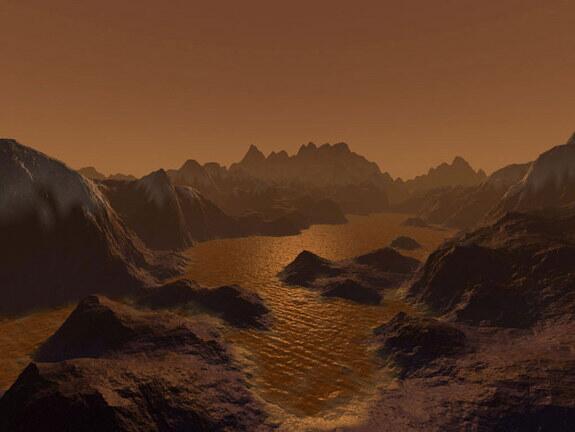Scientists Spy "Magic Island" On Titan, Saturn's Strangest Moon
As if Titan , the Saturnian moon with mountains, dunes, rivers and lakes made of flammable hydrocarbons, wasn’t weird enough, now researchers have spotted an “island” in the middle of its second-largest lake that seems to appear and disappear. |
| Mysterious island has been spotted. |
Rather than an island of magic or any other sort, the feature identified using data from the Cassini spacecraft is more likely some indication of weather whipping up on the distant orb.
,
In the time that astronomers have been able to spy on Titan close-up it’s mostly been winter or spring in the northern part of the moon where the mysterious island has been spotted. But now summer appears to finally be coming after several Earth years, and perhaps bringing winds causing waves that appear as an island in images.
.
Other possibilities proposed by the authors of a paper on the findings published Sunday in the journal Nature Geoscience include sunken solids in the lake becoming buoyant thanks to the onset of warmer temperatures, or gases from the sea floor rising to the surface as bubbles.
 |
| Cassini image of Epimetheus and Titan, with the rings of Saturn in the foreground. (Photo credit: Wikipedia) |

ΗΜΕΡΗΣΙΑ On Line
"Η" Online 23/6/14, 14:19